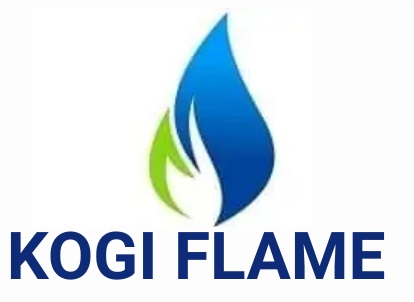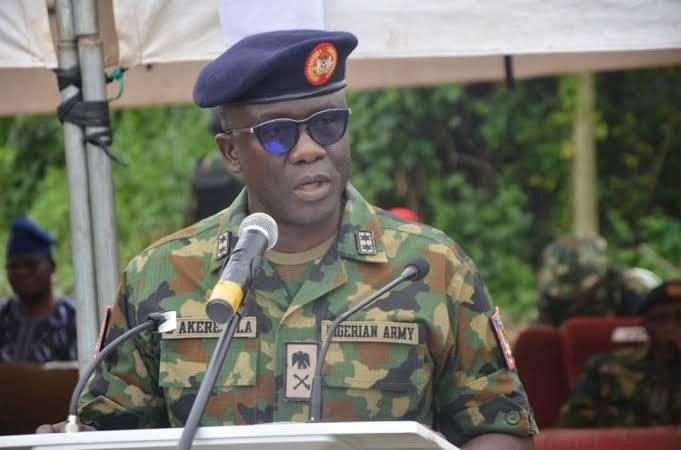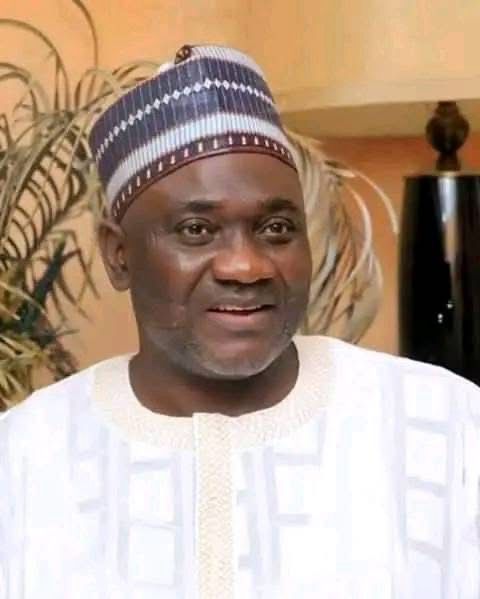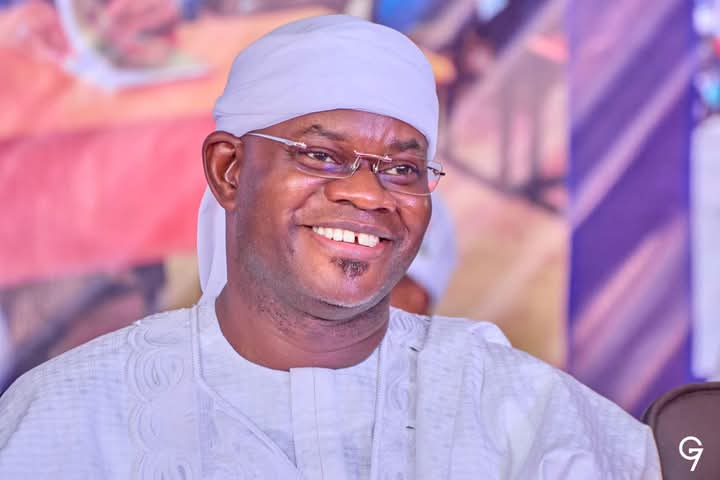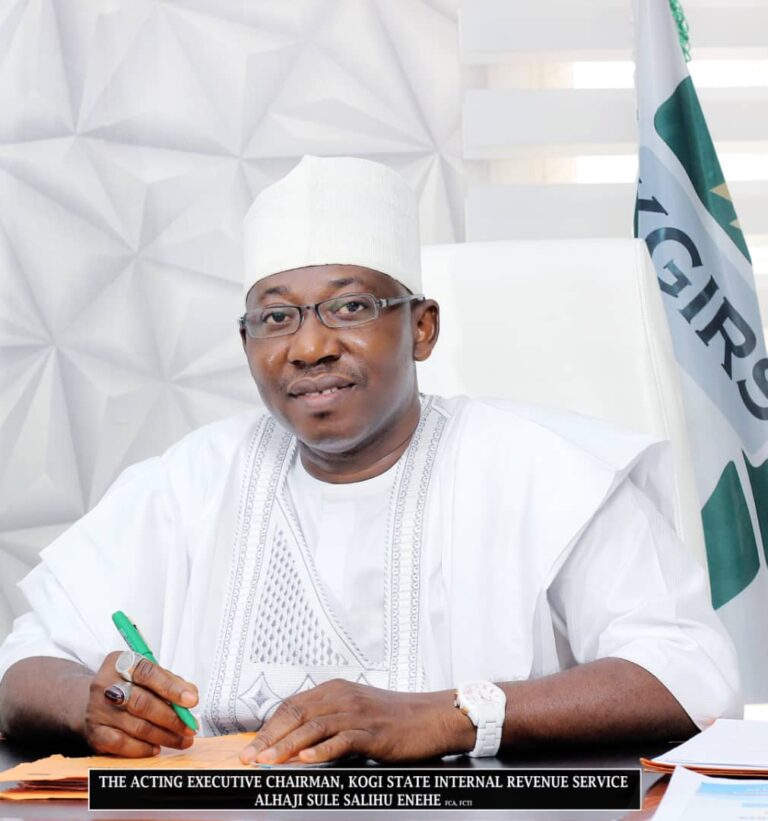

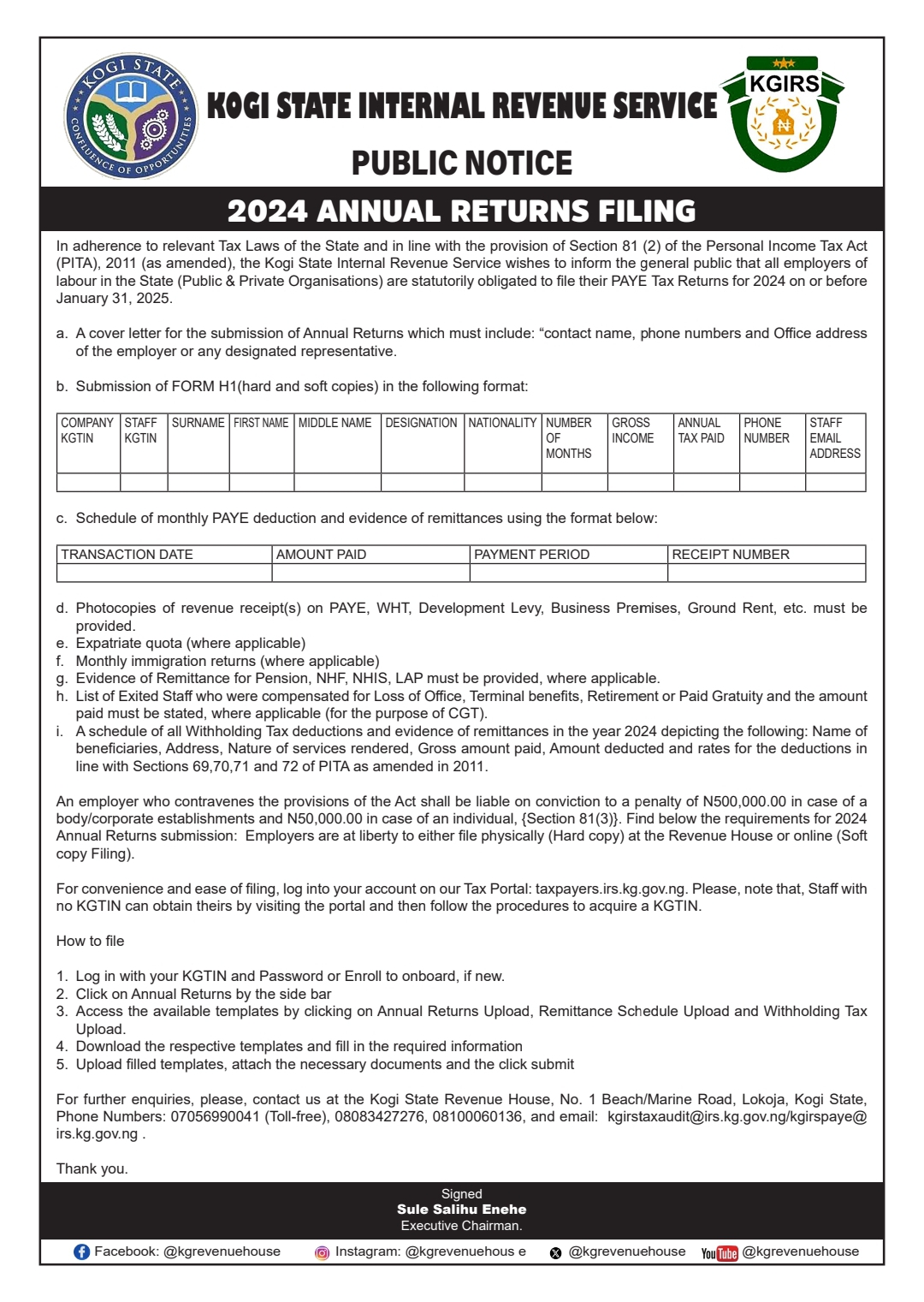
By La’Niyi AFRICA
For far too long, Africa as been depicted by western media as a place with no beauty forgotten that Africans are the architects behind the beauties of Europe and America that the world see today. The continent has been tagged the poorest continent in the world, yet her enormous wealth is mostly responsible for the development of the so called wealthy continents of today.
Today, Africa is the biggest consumer of data and technology. Africa is the largest market that every foreign investors want to invest ; sell their services, products and even test-run their ideas or experiments. A mind bugling question to me is, if Africa is so wealthy, then why are Africans poor? This among several questions began my sojourn to pan-Africanism.
My acquaintance with pan-Africanism as a concept began when I was in secondary school couples of decades ago. I remembered vividly how myself and two of my friends and classmates, Idris Ibrahim and David Ikeleji sat in the handball court of Army Day Secondary School Abacha Barracks (now Mogadishu cantonment) Asokoro Abuja. Even though we were science students at that time, as young as we were, we were still concerned and troubled by the development challenges facing the black continent and her people home and diasporians.
All this was as a result of the article that one of us Idris Ibrahim had read titled why is Africa weeping? The encounters of Ibrahim in that article which he shared with us became the propeller of my curiosity on Africa affairs and I began to read materials that centers on African narratives which lead me into pan-Africanism as I discovered the likes of Marcus Garvey, W.E.B Du Bois, Kwame Nkrumah, Nnamdi Azikiwe (The great Zik of Africa), Amilcar Lopes Cabral, Ladipo Felix Solanke, Walter Rodney, Nathaniel Akinremi Fadipe, George Padmore, and the list goes on.
What is pan-Africanism? Many scholars have defined what Pan-Africanism is from different corners and perspectives with their central focuses on Africa as a continent and African peoples regardless of their geographical locations. So, I won’t get myself detained by describing what Pan-Africanism is suffice it however to say that when we talk about Pan-Africanism, we are talking about moral, mental, cultural, economic and sociopolitical consciousness of African peoples both in the mother continent and in the diaspora coming together as a United entity to work in the best interest of Africa.
It may likewise be described as a conscious effort by people of Africa on the mother continent and people of African descent in the diaspora to promote the unity of purpose among their kind towards the restoration of their human dignity in a world where the black race is regarded as an inferior species of homo sapiens and has been subjected to structural and psychological degradation through slavery, colonization, and neo-colonialism over a period spanning centuries.
The driving force behind the Pan-African movement was political aspiration that sought to unite Africans against slavery, colonialism, and racism. From its inception by the direct victims of the system among the African diaspora, the movement served as an ideological foundation for a united purpose and struggle against injustice and crime. The projects of the Organization of African Unity (OAU), and now the African Union (AU), closely followed this political philosophy and strategy. And yet, the ultimate goals of political independence were to facilitate economic development and improve the standard of living of Africans.
This objective has not been achieved yet and the failures shadow the movement. The African Union could play an instrumental role to mobilize Africans to cope better against the challenges of a rapidly changing world, to create a conducive environment for competitive advantage, and initiate the process of renaissance.
There are three phases of pan-Africanism.
The first was the cultural phase, which began with the abolition of slavery in Europe and the end of the American Civil War, which marked the victory of forces opposed to the perpetuation of slavery in the United States.
The cultural phase was characterized by the liberated blacks beginning to assert the fact of their humanity. In the US, “I’m black and proud” and “Black is beautiful” were statements of self-assurance popular among the black folks asserting their non-inferiority to any human group created in the image of God. It was a phase that witnessed a ferment of multiple genre of uniquely black music-making a clear statement of the fecundity of the black man’s creativity and cultural sophistication.
From the Spirituals to Rock ‘n’ Roll, Jazz to Pop, blacks in the US stamped their dominance on the musical scene in no time. On the mother continent, a cultural revival took the form of rejection of names linked to whites. The great Zik of Africa, Dr. Nnamdi Azikiwe, dropped his baptismal name ‘Benjamin’ and not a few Zikists acted in tandem during the anti-colonial struggle in Nigeria. Kwame Nkrumah, dropped his English name Francis and many other young conscious Africans of that era.
Those were times when an emergent, young African literati comprising Wole Soyinka, Chinua Achebe, Ngugi Wa Thiong’o, Kofi Awoonor and countless others gave to the world a culturally rich repertoire of knowledge aptly christened African literature, classified into prose, poetry, and drama.
Next was the political phase of pan-Africanism. This phase overlapped in some respect with the cultural phase. It began as far back as 1845 when returnee slaves from America founded and governed Liberia. In 1920, the inimitable, ebullient, and cerebral Marcus Garvey, in order to give a fillip to his “Back to Africa” campaign, declared himself the Provisional President of Africa. It was a riotious act for the white colonizers on the continent to get out and it emboldened several educated Africans to start demanding independence from colonial rule. It was an era when the first generation African nationalists like Herbert Macaulay and Casley Hayford in Nigeria and Ghana, respectively, came into the limelight. By the early 60s, one African country after the other had gained independence.
The next phase of pan-Africanism was to be economic. Colonialism had tied the African economy to the apron strings of the metropolitan economies of Europe. Hitherto Africans were not planting cocoa and rubber, for instance. But the colonial masters introduced these crops and promoted their cultivation on the African continent by tagging them “cash crops”, making their cultivation veritable means of earning the paper money they had introduced and, in which form, mandatory taxes were to be paid.
That was how many African farmers abandoned the cultivation of food crops for cocoa, tea, coffee and the like to satisfy the palate of the white man. And till this day, most African countries remain dependent on these crops whose prices are determined by the buyers and never the producers!
The indigenous ruling authorities in postcolonial Africa have bungled the economic phase of pan-Africanism. They seem to be at a loss on how to utilize political independence to wrestle back the economic independence of Africa. In fact, in not a few cases, they succeeded in returning Africa to the manipulations of the erstwhile colonizers through debt peonage.
Economic development ought to be a self-enlightened, autochthonous exercise, informed by the peculiarities of a country’s ecology. But the continent’s leadership often surrender the initiative to external forces on this score.
The decade of independence, for most countries on the continent, was labelled the Development Decade (1960 – 1970) by the United Nations. Of course, with a clueless Africa in mind. Subsequently, we had the Millennium Development Goals (MDGs) succeeded by the Sustainable Development Goals (SDGs), both orchestrated under the auspices of the UN with 54 African nations boldly in focus, while we rotate on the same spot like the barber’s chair.
In-between, we have had the Bretton Woods sisters taking the initiative to lead us by the nose. Both the World Bank and the International Monetary Fund imposed a purported market-driven reform program on African countries that came with anti-developmental conditionalities for most parts of the 1980s through the 90s, dovetailing into the new millennium.
Our leash in their hands was our indebtedness, the size and duration of which they determined for us. The hardships their structural adjustment programs subjected us to can only be adequately judged by God himself!
Pan-Africanism in the 21st century needs to address the economic welfare of the African as well as the political and social development aspiration of the population. This in turn requires robust economic growth that catches up with the rest of the world and generates leverage to reduce poverty for a mutually beneficial growth process.
The African continent has, for long, failed to attract foreign direct investment both in terms of volume as well as quality of technological innovation to better exploit the potential of the continental economies (World Bank 2012, 2019; UNCTAD 2019). Domestic saving and investment performance have also been weak.
These have been prominent features of these economies for a long time. The African economies largely remain starved of investment resources and have had a depressed level of labor productivity, which represent lost opportunities for both Africa and the rest of the world.
The current economic and political landscape of Africa is hardly permissive to promote sustainable economic and social development.
A new Pan-Africanism approach and compatible political economy institutions are necessary for an integrated and dynamic economic system to emerge and facilitate socio-economic transformation and renaissance. Pan-Africanism as a movement and an ideology, with the necessary updates to serve the new generation of Africans, could be used to promote a sustainable, optimal, and vibrant economic system in the continent and unleash the collective potential power of Africans to liberate themselves from abject poverty, destitution, and marginalization.
The post-colonial development experience of Africa has been disappointing and isolated efforts of countries to initiate development without reforming the old and exploitative institutions of the colonial regimes have largely ended up in failures and stagnation. The legacies of extremely exploitative institutions of slavery and colonialism were so burdensome and deeply traumatizing that African countries found it difficult to overcome. At the same time, the newly independent states were fragile, and the initial conditions were so desperate, that they provided little opportunity for serious reform and economic vitality. Whereas the challenges of underdevelopment were daunting, the necessary human and investment capital was in short supply and the poverty trap was firmly in place. Promising potential for development were available, and the continent enjoys generous endowment of natural resources, and yet this potential had to be realized through strategic planning, cooperation, visionary leadership, hard work, and the spirit of mutual prosperity.
The realization of the huge potential for development in turn required bold and pragmatic institutional reforms that could improve effective mobilization and allocation of resources, optimal degree of specialization, and articulation of the revealed comparative advantage of Africa for sustainable development.
Pan-Africanism was inspired to fight injustice, brutal crimes against humanity, and exploitation perpetrated on Africans in the form of slavery, colonialism, and racism. The struggle against these evils and their remnant legacies continues to this day. And yet, it was ultimately the economic liberation of Africans that would ensure the achievement of the ideals of Pan-Africanism. To this effect, the idealism of the Pan-Africanism movement needed to be grounded on fundamental shared values about the dignity and basic rights of individual Africans and serve as a new framework for economic liberation, mutual prosperity, and shared destiny of Africans.
Political independence of Africa provided a new opportunity for economic liberation and development. There was broad understanding on the ultimate goals and efforts to use Pan Africanism to facilitate sustainable and shared development (Nkrumah 1963, 173–75; Rostow 1960, 6). There was also a pragmatic realization of the fact that the institutions of colonialism, by deliberate design, could not serve as basis for sustainable economic development of the newly independent African countries. And major reforms to replace coercive and extractive institutions by productive, inclusive, and democratic institutions was a policy priority. And yet, governments across the continent largely failed to do away with the exploitative and extractive economic structures.
Reforming institutions is always difficult and requires coordinated and credible collective actions.
However, most of the African governments were not able to mobilize the necessary political and social capital to undertake such bold measures. As a result, with a few exceptions, the post-colonial African experience demonstrates lack of leadership to initiate effective reform measures for structural economic transformation. The opportunities for bold reform were lost and remained largely squandered. It is critically important to address these challenges within the framework of Pan-Africanism if the continent is to turn the opportunities into reality.
